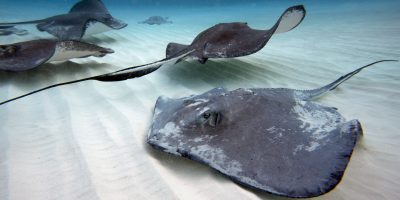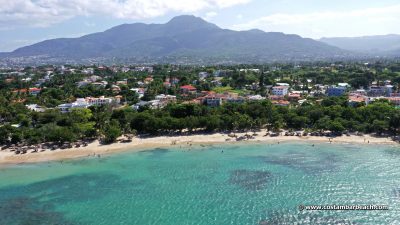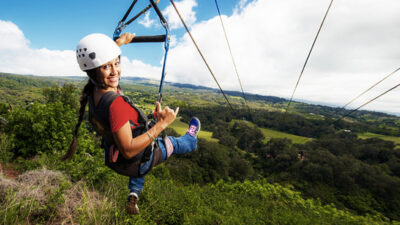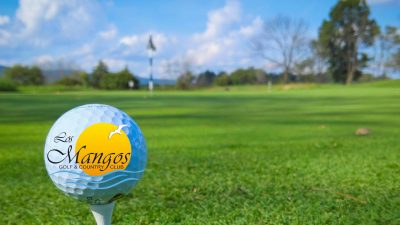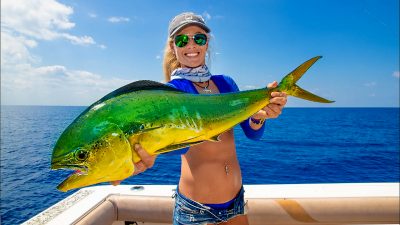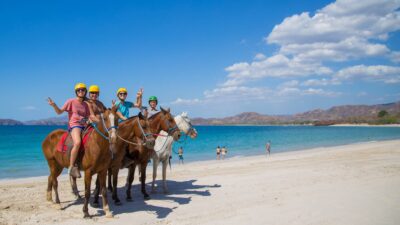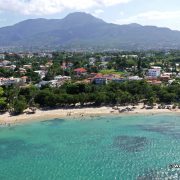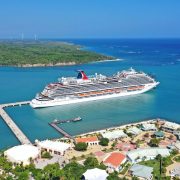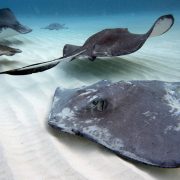Caribbean reef Octopus is considered one of the most intelligent invertebrates, and a true master of disguise. Their natural Chromatophores ( specialized color cells) allow them to blend with their surroundings in both a very protective and tactical way.
To find Octopus Briareus in its natural habitat is a delight to snorkelers and divers visiting Costambar Beach and other similar destinations of the Dominican Republic and the Caribbean islands.
Photo Gallery
morphology & Habitat
A coral reef marine animal, the Caribbean reef Octopus has eight long arms of varying lengths and diameter. Its color variation has an almost infinite range, and their average weight is 3-4 lbs; This species is characterized by their distinctive blue-green colors, and are typically solitary. It thrives in warm waters around rocky sea beds, coral reefs and grassy sea beds.
On Video
FEEDING & REPRODUCTION
This species feed on crustaceans, small fish and bivalves. They reproduce sexually, and both male and female look very similar except for the male`s reproductive organ (Hectocotylus) which stores and transfers Spermatophores to the female.
Females can lay an estimated 500 eggs that hatch in about 45 days or less. The hatchlings are able to move using jet propulsion like adults, and are also able to crawl. Octopuses grow quickly and can reach three quarters of their adulthood in 17 weeks. They are sexually mature within 140 days (females in 150 days).
INTERESTING FACTS
This Octopus is monogamous, and mates only once in their lifetime. They communicate with other members of their species using color and pattern changes. Their large arms, teeth and suckers allow them to catch their prey with close to zero chance of escaping.
Octopus Range
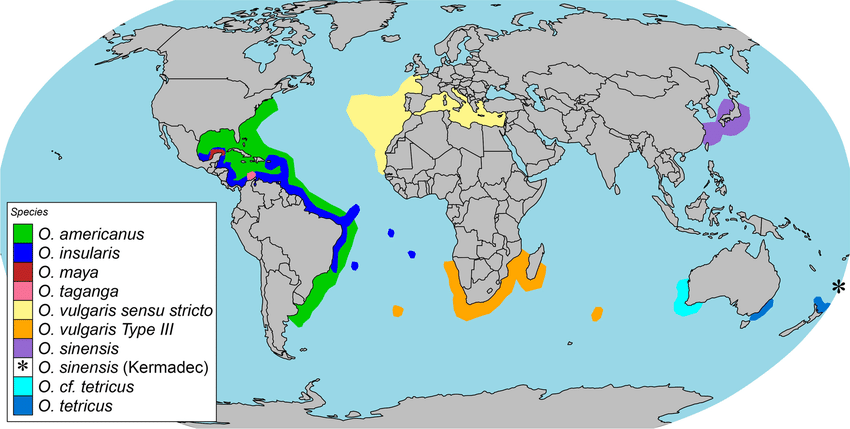
Range of Octopus around the World.
More Sources:
- Marine Bio – Octopus Briareus
- Oceana – Caribbean Octopus
- Lamar University – Caribbean Octopus
- Reef Guide – Caribbean Octopus


